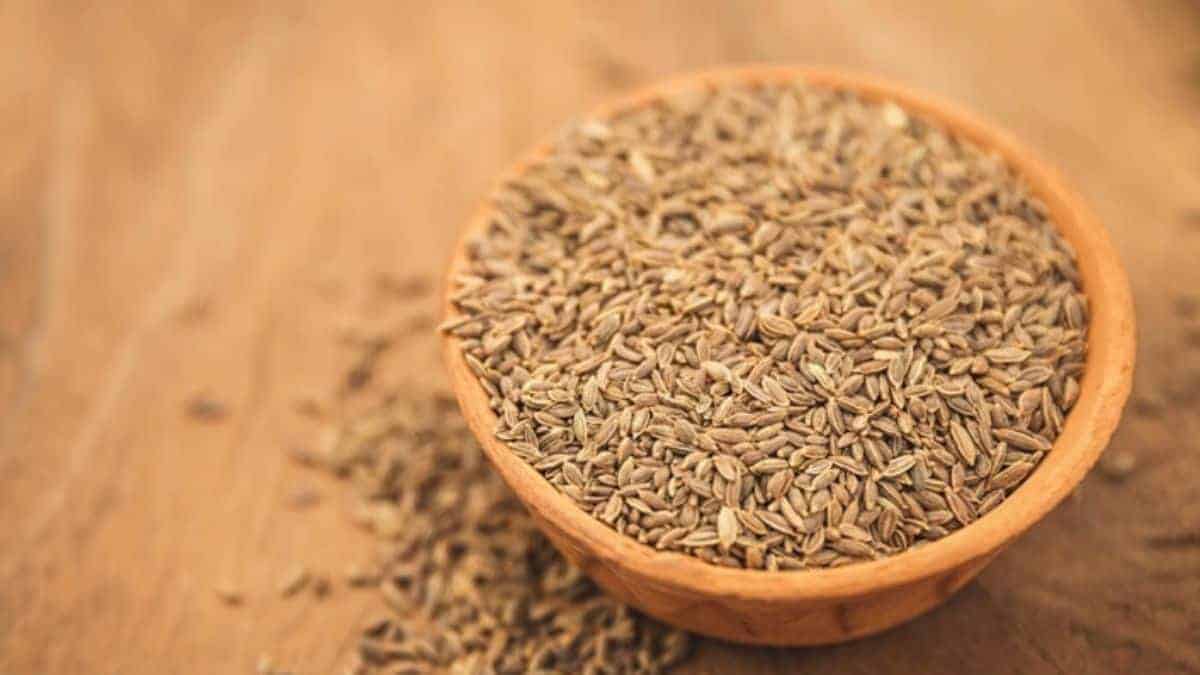Description
Dill seed spice is derived from the flat brown fruit of the dill plant. The seeds are wide and tear-shaped with varying colors of brown which is lighter at the border, produced from the yellow flowers of the herb which sprout the dill seeds in autumn.
What does dill seed taste like?
Fresh dill seeds taste very similar to caraway with a potent flavor similar to a combination of anise and celery. The flavor of the spice is far stronger and more concentrated than the herb, as is often the case. Dill seed has a grassy herbal flavor and aroma which is nutty, bittersweet with notes of licorice.
Dill Seed Uses
The most common use for dill seeds is within Eastern European cuisine for producing pickles. The combination of dill seed, vinegar, sugar, salt, a range of spices, and garlic makes up the classic recipe for preserved pickled vegetables, particularly dill pickles. Due to their similarities with caraway seeds, dill seeds have also become a useful ingredient in Indian cooking, simmered into dal to add complexity or fried to create a tadka topping.
When left whole, allow dill seasoning to slowly infuse into soups and stews otherwise crush into recipes such as bread, casseroles, sausages, curries, dips, rice, root vegetable dishes, potatoes, and pickles. To create another range of flavors dill seeds can also be toasted or fried, this works particularly well when baking to promote a release of flavor before cooking.
Dill Seed Substitutes
- Caraway Seed: the warming anise and nutty flavors of caraway are a perfect substitute for use in baking, meat dishes, and pickles, to mimic the licorice and earthy flavorings.
- Celery Seed: similar in appearance and some similar characteristics of savory herbal anise, generally used as an alternative in pickles or brines.
- Fennel Seed: sweet with anise properties, fennel seed can be used as a replacement for dill seed in the majority of recipes.
- Coriander Seed: matches the potency with a nutty aspect for use in curries and stews.
Compliments and Pairings
The potency of anise and herb pair well with bold ingredients often offering a contrast to fat or acid, complementary ingredients include cucumber, aubergine, cabbage, beetroot, carrot, fish, lentils, pumpkin, caraway, celery, dill, meat, poultry, vinegar, potato, bread, carrot, coriander, root vegetables, anise seed, cinnamon, cloves, pepper, nutmeg, and lemon.
Expiration and Storage
- Whole: store in an air-tight container away from direct light and moisture for 3-4 years.
- Crushed: store in an air-tight container away from direct light and moisture for 3-4 years.
Where does dill come from?
Dill is part of the Apiaceae family, originating in Southern Russia and the Mediterranean. The seed can be found to have most applications within the cuisines of its origin as well as Scandinavia and Germany. Dill seeds can be found in most supermarkets, Eastern European markets, or specialized Indian stores. For more details and background visit wikipedia.
Fun Facts
- Dill has historically been used as a digestive to ease the stomach when infused into tea.
- The whole dill plant; seed, stalk, leaf, and flower are edible and popularly consumed.
- The high calcium content of the dill seed has been used to produce a solution to treat colic in babies known as Gripe water.
- The essential oil obtained from seedd and leaves is used within chewing gums and candies.
Popular Recipes
- Carrot, coriander and dill salad
- Potato salad
- Dill sauce
- Borsch
- Dill vinegar
- Dill biscuits
- Seeded dill rye bread
- Pumpkin and dill soup
- Tadka
- Dill salmon with roasted potatoes
- Dill pickles (or pickled beetroot, pickled carrot, pickled fish)

